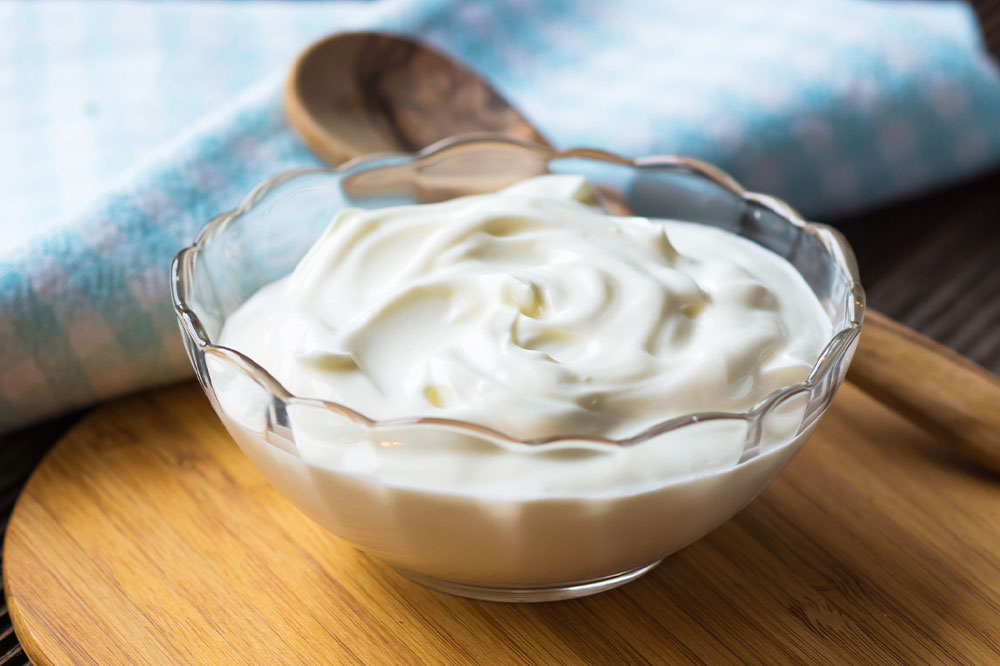4 best foods for flawless skin

An unhealthy meal plan can affect the body’s metabolism and damage organs like the heart, liver, and skin, to name a few. Hence, scientists are heavily invested in showcasing new insights into the relationship between the skin and food habits. Some foods clear the skin, while others accelerate aging and inflammation. Simply put, those who want radiant skin should pay attention to their food habits. Here are foods that can prevent skin-related problems:
Gut-friendly foods
One of the ideal ways to improve health through food is with probiotics and prebiotics. Probiotics are foods that enhance the gut biome by adding to the supportive bacteria. They can be supplied to the body mainly through fermented foods like kombucha, kimchi, sauerkraut, miso, and yogurt. There are several readily available supplements too. These reduce inflammation in the gut, and hence it positively impacts the skin and metabolism. On the other hand, prebiotics supports a healthy gut by creating an environment where bacteria can thrive. They act like fertilizers for the microbiome. Foods to eat include leeks, garlic, soya beans, asparagus, banana, and whole grains. A healthy gut means healthy skin, so remember to stock up on probiotics and prebiotics.
Omega-3 fatty acids
While most people run away when they hear the word “fat,” they fail to realize that healthy fats, like Omega-3, have tangible health benefits. Long-chain fatty acids like DHA (docosahexaenoic acid) and EPA (eicosapentaenoic acid) help reduce the skin’s sensitivity to UV rays that trigger cancerous changes in skin cells. This nutrient also moisturizes the skin and reduces inflammation. Hence, people with atopic dermatitis and psoriasis should consider increasing their intake of foods rich in omega-3 fatty acids. Fish like salmon, nuts like walnut and almonds, and seeds like chia are rich in long-chain fatty acids. The body absorbs it easily; thus, adding one food rich in omega-3 fatty acids is bound to make your skin flawless.
Nuts and seeds
Besides the omega-3 foods mentioned above, nuts and seeds are also tiny storehouses of several micronutrients. Additionally, nuts are filling and are perfect healthy replacements for inflammatory junk foods that contain excess salt, hydrogenated oils, and artificial flavoring. Deficiencies of minerals like selenium, copper, and zinc often lead to or correlate to skin problems. So to make your skin flawless, stock up on brazil nuts, almonds, pistachios, and cashews. These are rich in powerful antioxidants that reduce acne and protect the skin from free radicals. Walnuts are also ideal snacks since they contain vitamin E, zinc, and small amounts of selenium. Most nuts and seeds also contain vitamin A, magnesium, calcium, and iron, so remember to munch on these if you want your skin to glow.
Dark chocolate
While most desserts are a no-go if you want clear, perfect skin, the sole exception to this is dark chocolate. Reach for bars with a minimum of 70% cocoa to reap the health benefits of this food item. Cocoa is rich in antioxidants, and regular consumption leads to thicker, more hydrated skin. This, over time, can reduce the appearance of wrinkles. Like omega-3 fatty acids, dark chocolate improves the UV resistance of the skin and makes you less likely to suffer from sunburns. The antioxidants in dark chocolate also improve blood flow to the skin and, as a result, may benefit skin healing. If you want that perfect natural blush and unblemished skin to withstand all kinds of damage, include dark chocolate in your meal plan.
Treatment options for inflamed skin
A complex combination of genetics and environmental factors makes each person’s skin different. Thus, the benefits of the foods referred to earlier can differ from individual to individual. For those with adverse skin conditions, a healthy meal routine can only be a supplement to prescribed treatment options to make the skin glow.
DUPIXENT ®
This is a treatment option for moderate to severe eczema, which is injected subcutaneously. It is a preventive measure to avert eczema flare-ups. DUPIXENT® is designed for all age groups – from children six years and above to adults – though the dosage will vary considerably. Remember, it requires a prescription, and you will need a doctor to specify the correct dosage. It is the preferred treatment when topical treatments fail.
CIBINQO ™
CIBINQO™ is another prescription remedy to treat moderate-to-severe eczema in adults. It is a pill you must take once a day and is perfect if other dermatitis treatments do not bring it under control.
This treatment option from Pfizer is completely steroid-free and promises fast itch reduction by inhibiting the JAK1 protein and reducing inflammation.
Upadacitinib
Upadacitinib is another JAK inhibitor usually prescribed to individuals with psoriatic arthritis when the usual prescription for arthritis, methotrexate, does not work satisfactorily. It has quicker itch relief and skin clearance ability compared to other options. However, since it hinders the functions of the immune system, you must consider several risk factors. This is why doctors prescribe Upadacitinib only after other options have been tried and failed.
EUCRISA ®
EUCRISA® is a topical cream that treats mild-to-moderate eczema in anyone over three months of age. Its main ingredient is Crisaborole. While some may be allergic to this substance, most people have positive and almost instant relief from itching. It is non-steroidal and is effective for most adults with eczema. Remember to do a patch test since the most common side-effect is reactions at the application site.






